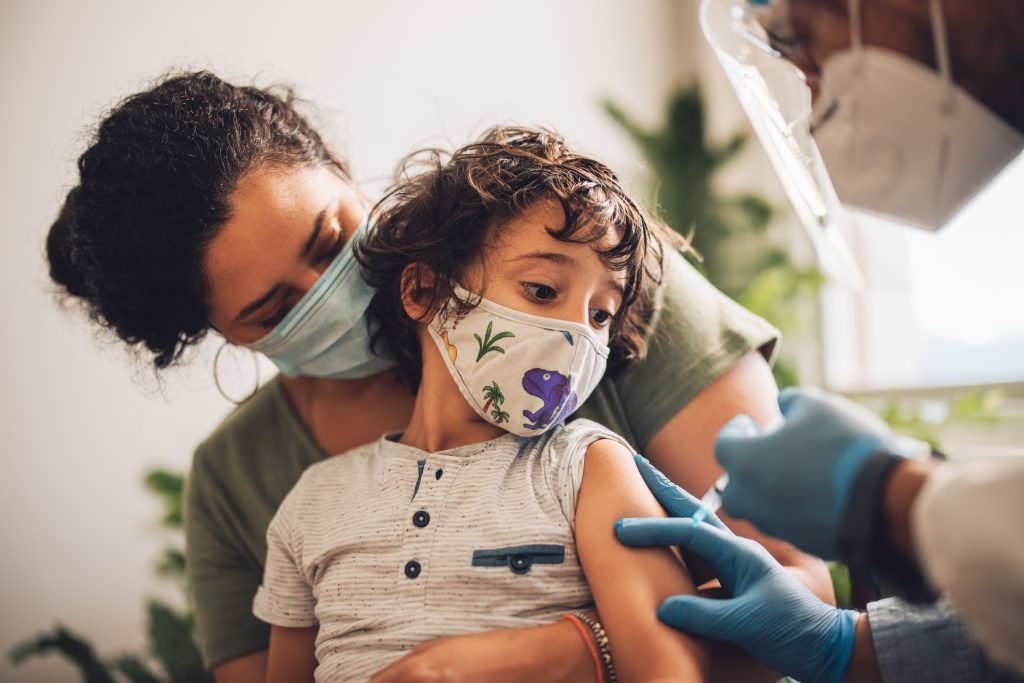
Fear, worry and stress know no cultural borders in this global pandemic. In this incredibly challenging time, brands have a key role to play to help support consumers from all communities to navigate a sea of change. Hispanic reactions to COVID-19 on social media can offer insight for brands looking to bring some much-needed comfort to this important group. Some Hispanic consumers have jokingly mourned the death of “Rana” the frog. Injured Hispanic children learn the frog rhyme when they need comfort: “Sana, sana, colita de rana. Si no sanas hoy, sanarás mañana.” The translation, “heal, heal little frog tail. If you don’t heal today, you’ll heal tomorrow.” Think of it as a twist upon the old “kiss it and make it better.”
The dead frog message underscores this community’s virus concerns: if the coronavirus can kill the healing frog, then we are in deep trouble! There’s a lesson in there for marketers willing to listen and learn from the culture.
Despite the regular application of gallows humor, Hispanic communities feel the COVID-19 stress a bit more intensely than others. As a group, they are more likely (50%) than Americans as whole (34%) to see the Coronavirus as a serious threat to their health, finances and community, a new Pew Research Center report shows.
Hispanics are also concerned about missing vital information due to the delay in language translation. The lifesaving information is sometimes translated as a general overview and is not verbatim from official COVID-19 briefings. These fears of being misinformed and unprepared, combined with larger families who often live together, has motivated many Hispanic Americans to stockpile food and supplies more than any other ethnicity.
There’s opportunity for brands to address the Hispanic community’s concerns and offer them real help, sympathy and relief from their fears.

With financial turmoil on the horizon, brands can show they care by providing meaningful support to local Hispanic communities. This includes sharing Spanish-language information about local organizations offering assistance and providing coupon codes and other discounts that can lighten the burden of feeding and caring for multifamily homes.
Demand for information in Spanish will only rise throughout this pandemic. Think of the many missed opportunities by not simply translating information into the second-most spoken language in the U.S. Brands must do their parts to share information in Spanish to help the communities across the nation stay in the know. The appreciation for that consideration, respect and kindness will endure long after the quarantines and social distancing disappear.
Beyond just the frog, social chatter also suggests Hispanics use humor to share ways to keep their families healthy and provide each other tips to avoid getting sick. Brands themselves can use an empathetic and funny tone to get their messages out to the community, but they should not lose sight of the serious nature of the virus and its impact.
Hispanics continue to be heavier users of social networks than other groups. More than half of the group uses WhatsApp to stay connected. And Hispanic audiences tend to be brand loyalists, with 75% talking with friends and family about positive experiences they have had with a brand. However, they can be just as vocal in spreading dissatisfaction with a brand – 65% of Hispanic Americans are not shy to discuss negative experiences or interactions, according to a Mintel report on Hispanic attitudes towards advertising. So, striking the right tone and interaction is more important than ever.
Brands can use the right cues to convert Hispanics into brand advocates who spread positive messages. Being connected to the core of the Hispanic culture, brands have the opportunity to show and help the community to stay connected virtually.
When searching for entertainment and information, the nation’s Hispanics are most likely to watch digital video. A Mintel study on digital trends published in May 2019 showed Hispanics also over-index for household ownership of technology products often found in family rooms. And they add streaming media capabilities through smart TVs, streaming media players and UHD TVs. That means content created for connected families will resonate even more strongly now as the population practices social distancing and stays home.
As Americans, we all face the challenges the coronavirus presents while hoping we can return to normalcy as soon as possible. Brands that can understand the Hispanic community, its concerns and its behaviors during this crisis, and who can communicate effectively and empathetically, will endear themselves to the community and have a much greater positive impact.
Isn’t it amazing what a frog can teach us?
If you’d like to sign up for our weekly COVID-19 updates, click here.
Claudia Vargas serves as a Director of Integrated Marketing bringing a wealth of knowledge in strategy and account management. With experience in paid media, brand ambassador programs, content development, multicultural campaigns and social media community management, Claudia leads several integrated projects for the agency connecting the dots to drive results for clients